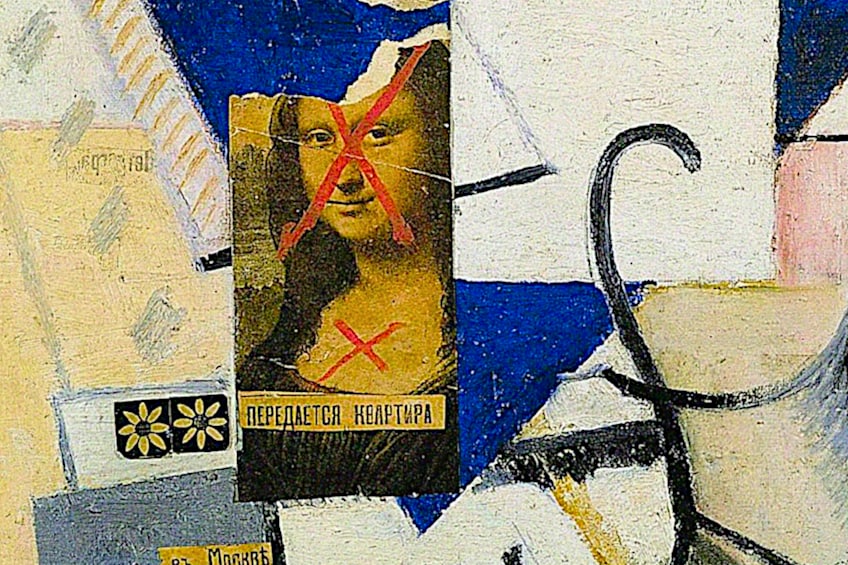“Mona Lisa” Vandalism and Theft – Crimes Against the Giaconda
To be regarded as one of the most famous artworks in the world cannot be easy. If anyone wants to make a public statement or some money, being an item of value and renown makes it a prime target for thieves and vandals. The Mona Lisa (also known as la Giaconda in Italian and la Joconde in French) which was painted between 1503 and 1519 by Leonardo da Vinci has been the victim of several attacks over the decades. This raises the question why was this particular painting so often the subject of vandalism, and is the Mona Lisa ruined now? To find out more about the events around the Mona Lisa vandalism and theft, read further below!
Exploring All the Mona Lisa Vandalism and Theft Cases
What is it about this famous artwork that draws so much negative attention? Is there perhaps something about the artwork itself that causes so much anger among people? Or is it simply because it is in such a prominent position in the public eye that it acts as a tool for conveying a message by anyone wanting to use it for that means? The reputation in popular culture of the painting as the greatest achievement by the most revered of the Old Masters is the most logical reason that it is often targeted by vandals and thieves.
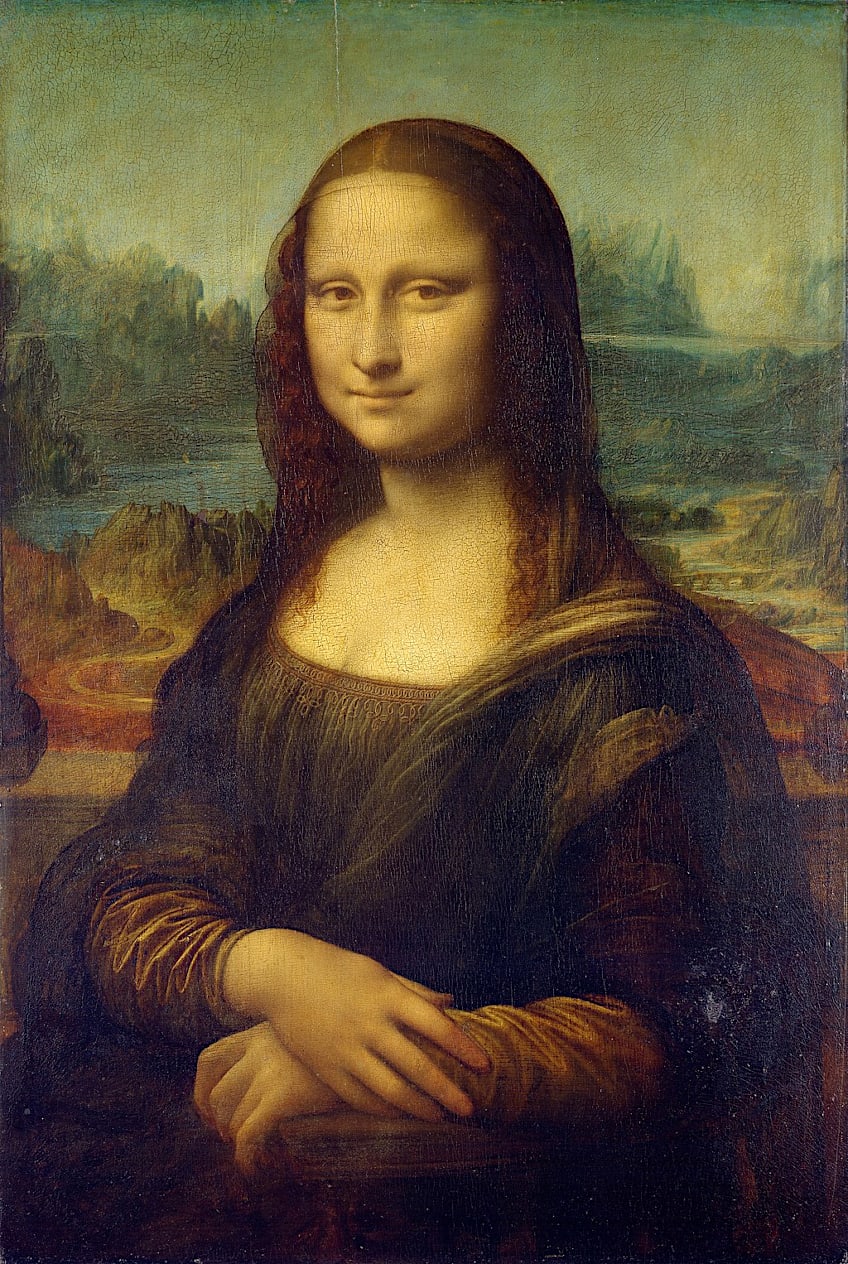
The fame of the Mona Lisa is inextricably linked to that of Leonardo Da Vinci, and the myth of her supposedly enigmatic smile grew from the 19th century onwards to the point where this is the one artwork that even people who know nothing about art can recognize and name. Ironically, it was the theft of the painting that propelled it from the world of art connoisseurs into popular culture, as the press in France devoted widespread coverage to the scandal of inadequate security at the Louvre.
To emphasize their outrage, the Mona Lisa was widely described as one of the museum’s greatest treasures. The Italian thief’s later assertion that he wanted to take her home, made her an icon of both Italy and France.

The painting’s eventual return served diplomatic purposes in both countries, encouraging officials to heap even more praise on the Mona Lisa to stress the significance of the agreement.
Later, the reverence in which the painting was held made it a target of the Dadaists, subsequent iconoclasts, pop artists and others, whose denunciation and appropriation of the Mona Lisa as the ultimate emblem of stale old art only reinforced its status in popular culture as the ultimate example of “high” art. The appropriation and alteration of the Mona Lisa by artists such as Marcel Duchamp, Salvador Dali, Kazimir Malevich, and Andy Warhol can also be considered examples of a type of symbolic or iconographic and reputational “theft” and “vandalism”, albeit for artistic purposes.

The cases of vandalism are a bit more nuanced than the theft, and every attack was prompted by a unique political or personal reason. When was the Mona Lisa stolen and why was it attacked? These are some of the questions we will be addressing in this article, as we paint a picture of the events and frame them in the right context.
Mona Lisa Theft (1911)
| Date | 21 August 1911 |
| Vandalism/Theft | Theft |
| Assailant | Vincenzo Peruggia |
| Reason | To return the work to its country of origin |
| Damage | None |
The theft of this magnificent artifact in 1911 sparked a media frenzy and a probe into the security of France’s greatest artistic treasures held in the Louvre museum. The authorities were as perplexed as everyone else. It was assumed that modernist opponents of traditional art were involved, and in September, avant-garde writer and dramatist Guillaume Apollinaire was imprisoned and interrogated for a week before being discharged. The next notable suspect was the artist, Pablo Picasso, although there was no proof against him either.
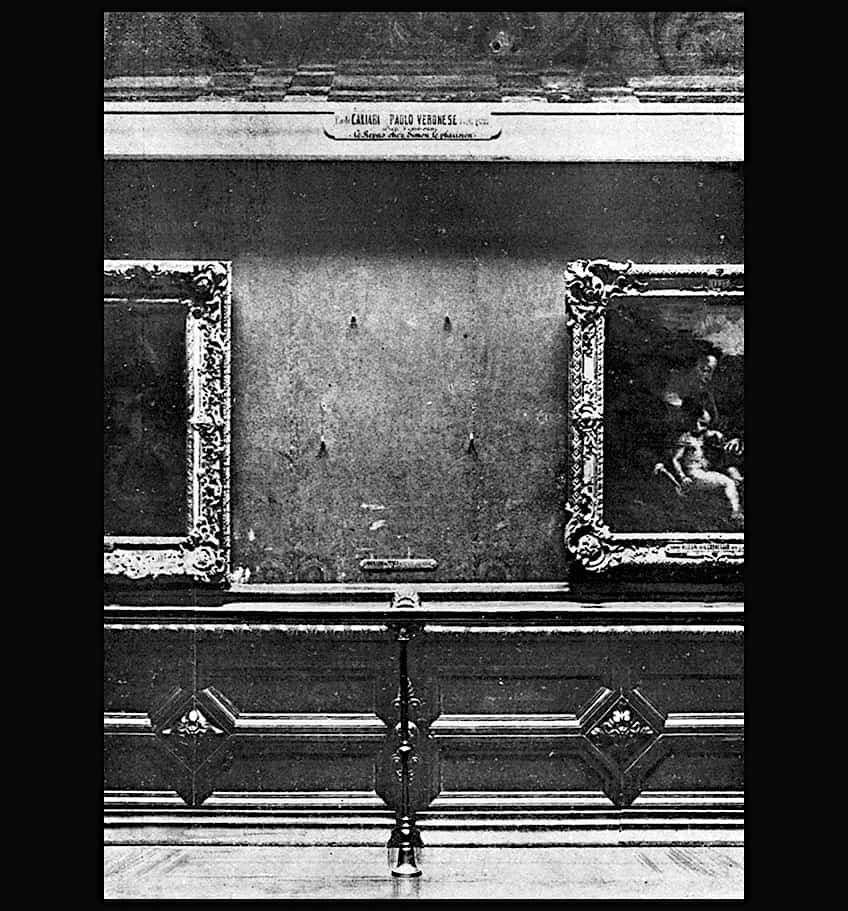
Two years passed before the genuine perpetrator was uncovered, an Italian petty criminal named Vincenzo Peruggia, who had arrived in Paris in 1908 and worked briefly at the Louvre.
He entered the museum wearing the white smock that all personnel wore and concealed until the museum closed for the evening, at which point he took the artwork from its frame. When the exhibition reopened, he went out unobtrusively with the picture hidden beneath his smock and brought it to his Paris lodgings. Peruggia later claimed that he stole the picture in order to return it to its rightful home back in Italy.
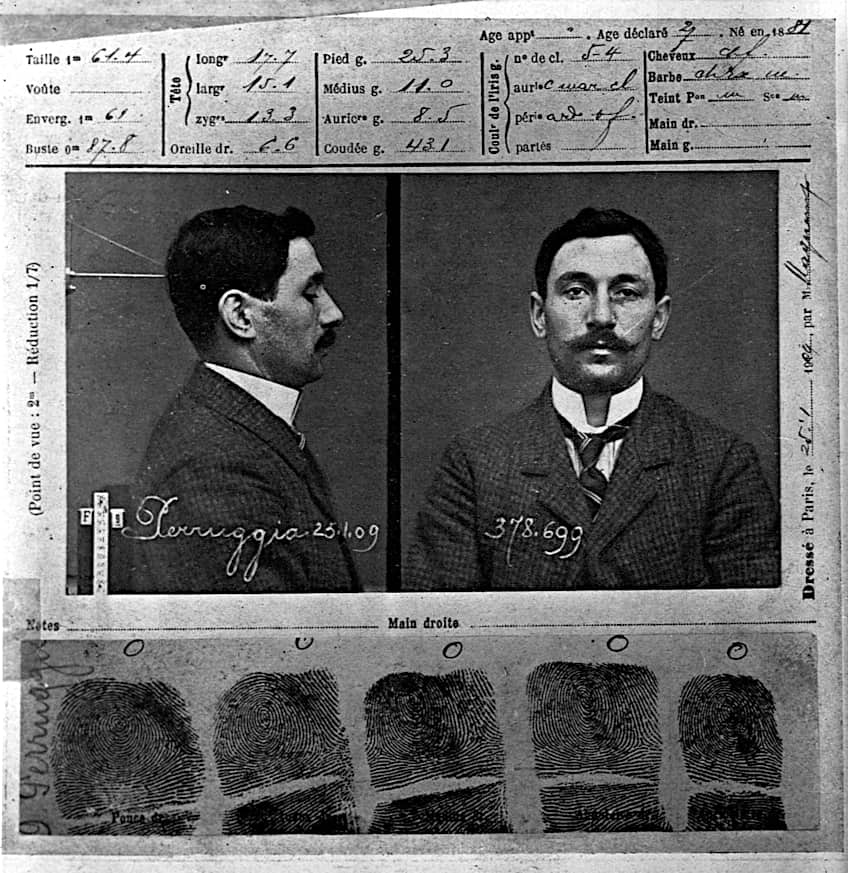
Yet, that might not have been the true reason, as the artwork had been kept in a piece of luggage for a couple of years before he attempted to offer it to Mario Fratelli, an art dealer from Florence, instead of donating it to a museum in Italy. Fratelli then informed authorities about Peruggia.
As an acknowledgement of Italian sentiment that had grown around the painting, after its recovery, the Mona Lisa went on a tour of Italy before retuning to the Louvre. Even though the painting was already renowned in art circles before it was stolen, the extensive media attention, thorough criminal probe, and politicized return helped the painting attain significant public interest and cemented its reputation in popular culture as a very important artwork.
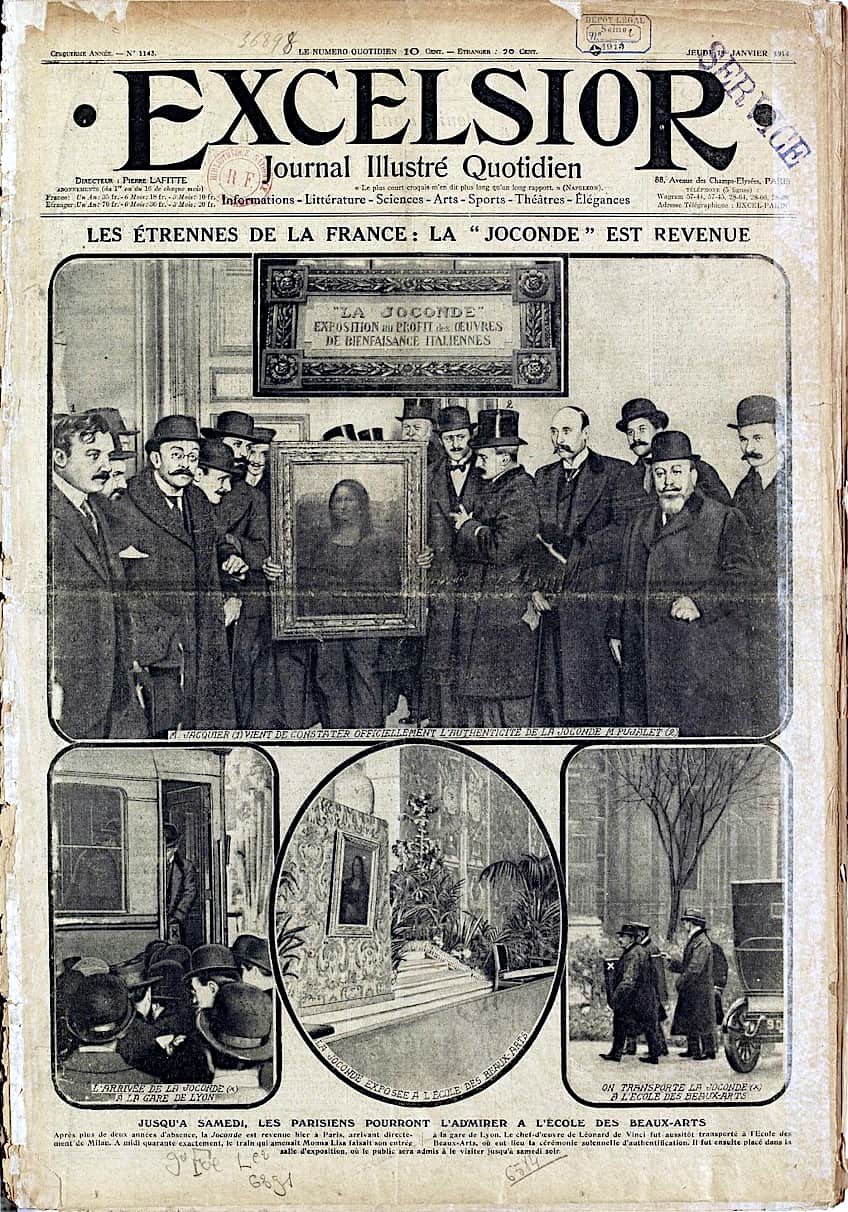
In a final irony, the Mona Lisa was not the thief’s first choice. Peruggia knew next to nothing about art. He originally intended to steal Mantegna’s Mars and Venus because he had overheard people praising it, but opted for the Mona Lisa instead, because someone said that they liked it, and it was small enough to fit inside his coat. This raises the question: would be Mona Lisa be as famous as it is today had it not been stolen?
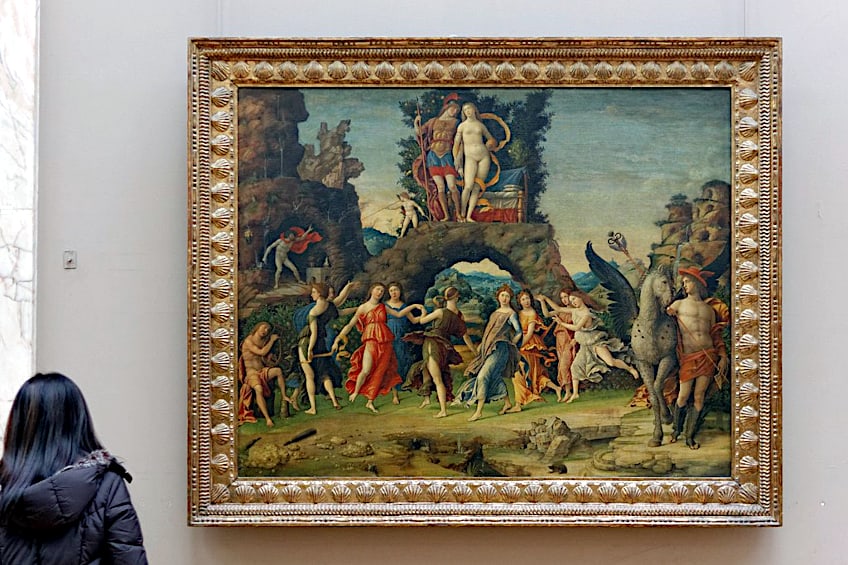
Acid Attack (1956)
| Date | 1956 |
| Vandalism/Theft | Vandalism (acid attack) |
| Assailant | Unknown |
| Reason | Unknown |
| Damage | Yes, damage unclear |
The Mona Lisa was subjected to her first and most brutal assault in 1956, yet not much has been documented about the event. A vandal splashed acid at the piece when it was on show at an exhibition in Montauban, France. It had landed on the canvas’s lowest third. Because of this occurrence, the museum decided to enclose the artwork in glass. The motivation for the act of vandalism was never disclosed to the public.
Stoning of the Mona Lisa (1956)
| Date | 30 December 1956 |
| Vandalism/Theft | Vandalism (stoning) |
| Assailant | Hugo Unjaga Villegas |
| Reason | To end up in jail for a place to sleep |
| Damage | Yes, flake of paint scraped off |
The year 1956 was certainly not the best year for this famous artwork. Hugo Unjaga Villegas, a Bolivian, threw a rock at the artwork the same year as the acid-throwing incident. “I just happened to have a stone in my pocket and the thought to hurl it at the painting came to me suddenly”, he explained at the time. Fortunately, the picture was already protected by glass, so Villegas did not cause serious harm to it.
The rock was able to scrape off a flake of paint in one spot, but this was quickly mended by French state professionals, who repaired the artwork and put it back on display a few days later.
Spray Painting Incident (1974)
| Date | 20 April 1974 |
| Vandalism/Theft | Vandalism (spray paint) |
| Assailant | Tomoko Yonezu |
| Reason | Discrimination against the disabled |
| Damage | No |
The Mona Lisa has seldom been seen outside of the Louvre, which explains why around 1.15 million people apparently viewed it when it was displayed at Tokyo’s National Museum. A 25-year-old Japanese lady, Tomoko Yonezu, was one of those individuals who attended on the first day of the exhibit and attempted to spray the artwork using red paint. The exhibition had been the topic of debate among disability activists in the weeks leading up to the unveiling.

In order to accommodate the massive crowds that would come to view the painting (18 881 per day in the first week allowing each visitor 1.9 seconds in front of the Mona Lisa) the National Museum decided to speed things up. This meant banning people who required mobility devices such as wheelchairs, Zimmer frames, walking sticks and so on.
Outraged by this outright discrimination, Yonezu took matters into her own hands, with some success – between 20 and 30 drops of spray paint found their way onto Da Vinci’s painting, but the piece was saved in the end. Yonezu, on the other hand, had to face the repercussions, and she was eventually summoned to trial after being arrested. Yonezu’s efforts were not in vain: in the end the Museum demarcated one day specifically for the disabled to view the Mona Lisa.
The Tea Cup Incident (2009)
| Date | 2 August 2009 |
| Vandalism/Theft | Vandalism (cup thrown at work) |
| Assailant | Unknown |
| Reason | Denial of citizenship in France |
| Damage | No |
On a seemingly regular day at the Louvre in 2009, a Russian lady entered the gallery housing the Mona Lisa and threw a teacup against the artwork. She had arrived at the museum with the cup hidden inside her backpack, and museum officials claimed she had thrown it because she had been refused French citizenship. A Louvre official described the lady as “clearly insane”, adding that viewing the painting was only disrupted for the amount of time it took to gather up the fragments of the cup.
The Mona Lisa was not harmed because of the glass casing. Nonetheless, some saw the intended vandalism as an indication that more protection was required. “The fact is that the museum should think about transferring the painting to its own exhibit, away from other masterpieces”, a Guardian reporter stated. Finally, the Louvre did precisely that, partly to alleviate the long lines that had formed, and the glass on the painting was updated in 2019.

Hit With Cake (2022)
| Date | 29 May 2022 |
| Vandalism/Theft | Vandalism (cake thrown at work) |
| Assailant | Undisclosed identity of a 36-year-old male |
| Reason | Climate change protest |
| Damage | No |
Ironically, whereas the painting had been attacked in Tokyo due to concerns over the rights of the disabled, it was attacked again in 2022 by someone pretending to be disabled. The museum had policies in place that allow people who are wheelchair-bound to gain access to the artworks right in front. This gave the assailant the perfect opportunity to try and attack the painting dressed as a woman in a wheelchair.
“There are individuals who are killing the Earth”, the man remarked, speaking French in one video that was filmed by one of the visitors present during the attack in which the man threw cake at the artwork. “All artists, consider the plight of Earth, that is why I did it. Consider the environment”. The individual was arrested instantly, and the museum lodged a criminal complaint.

The Mona Lisa is one of the most famous artworks in the world. It is viewed by millions of visitors annually and is regarded as the jewel in the crown of the Louvre Museum’s collection. As Leonardo Da Vinci’s most famous masterpiece, it is now near impossible to ascribe it a monetary value. It is for these reasons that the Mona Lisa has suffered repeated acts of vandalism. Luckily, initial experiences taught the museum to take measures to protect the work from any further damage.
Frequently Asked Questions
From All the Attacks, Is the Mona Lisa Ruined?
The Mona Lisa has been subjected to many attempted acts of vandalism through the decades. Following the first attacks in the 1950s, thick glass box now protects the painting. Since then, it has still been attacked several times, but luckily did not sustain any major damage. Even a rock thrown at the painting in 1956 did little damage to the masterpiece.
When Was the Mona Lisa Stolen?
The painting was stolen from the Louvre Museum in Paris in 1956, by a man who was employed there. He claimed that his intention was to return it to Italy, where it was originally created. However, he tried to sell it to a collector who reported him to the authorities.
Why Was the Mona Lisa Vandalized?
It has been vandalized on several occasions, each time for a different reason. On one occasion, a woman threw paint at it to protest the rights of the disabled. Another time, a woman threw a cup at it because she was denied French citizenship. One man even threw a stone at it to allegedly get thrown in jail so that he had a place to sleep for the night.
Jordan Anthony is a Cape Town-based film photographer, curator, and arts writer. She holds a Bachelor of Art in Fine Arts from the University of the Witwatersrand, Johannesburg, where she explored themes like healing, identity, dreams, and intuitive creation in her Contemporary art practice. Jordan has collaborated with various local art institutions, including the KZNSA Gallery in Durban, the Turbine Art Fair, and the Wits Art Museum. Her photography focuses on abstract color manipulations, portraiture, candid shots, and urban landscapes. She’s intrigued by philosophy, memory, and esotericism, drawing inspiration from Surrealism, Fluxus, and ancient civilizations, as well as childhood influences and found objects. Jordan is working for artfilemagazine since 2022 and writes blog posts about art history and photography.
Learn more about Jordan Anthony and about us.
Cite this Article
Jordan, Anthony, ““Mona Lisa” Vandalism and Theft – Crimes Against the Giaconda.” artfilemagazine – Your Online Art Source. April 18, 2023. URL: https://artfilemagazine.com/mona-lisa-vandalism-and-theft/
Anthony, J. (2023, 18 April). “Mona Lisa” Vandalism and Theft – Crimes Against the Giaconda. artfilemagazine – Your Online Art Source. https://artfilemagazine.com/mona-lisa-vandalism-and-theft/
Anthony, Jordan. ““Mona Lisa” Vandalism and Theft – Crimes Against the Giaconda.” artfilemagazine – Your Online Art Source, April 18, 2023. https://artfilemagazine.com/mona-lisa-vandalism-and-theft/.


